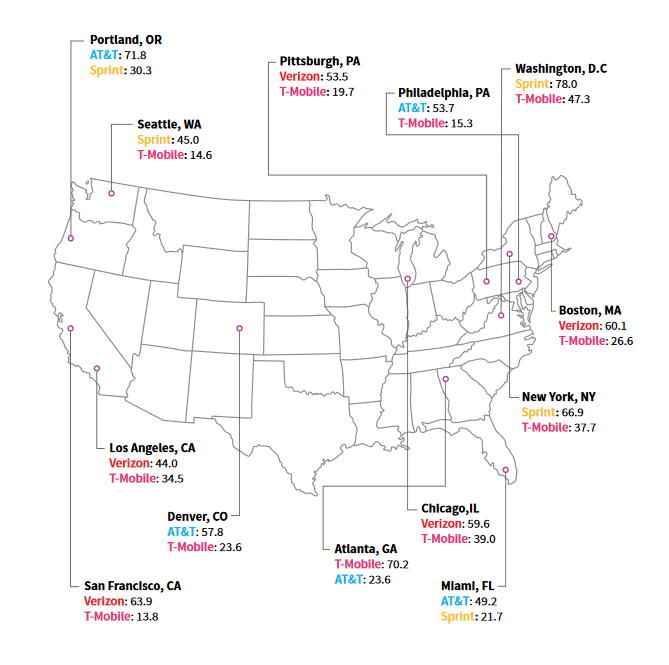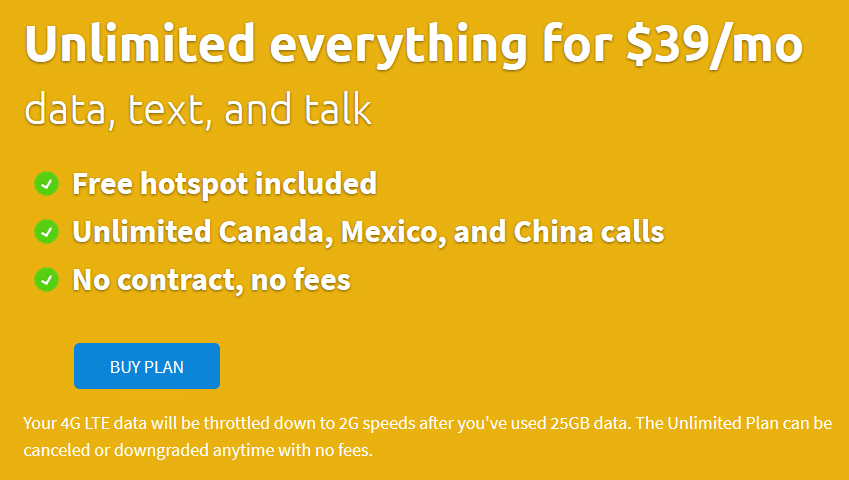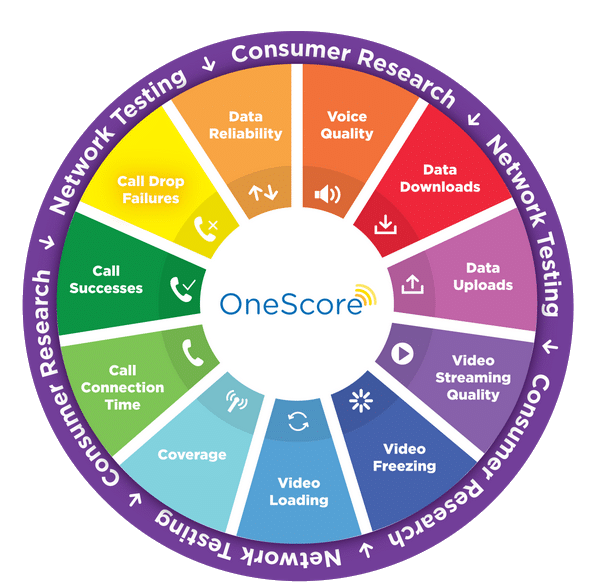RootMetrics’ most recent report includes information about network speeds in city centers. Here’s how RootMetrics’ describes the tests:1
The results are presented with the following graphic that lists the median download speed in megabits per second from the fastest and slowest network in each city:2

Despite Sprint’s lousy performance in RootMetrics’ overall, national-level results, Sprint still managed to offer the fastest speeds in 3 of the 13 city centers RootMetrics considered. The results are consistent with a point I’ve tried to emphasize in the past: if you tend to stay in one area, you shouldn’t worry too much about national-level network performance.
Prioritization
I haven’t seen information about which plans RootMetrics’ test devices use on each network. In fact, I’m not entirely sure RootMetrics uses service plans that are available to regular consumers. My guess is that RootMetrics’ test devices have prioritization and quality of service levels at the high-end of what’s available to regular consumers. If my guess is correct, RootMetrics’ test devices have higher priority than many budget-friendly services that run over the Big Four networks. A few examples of those services:
- AT&T: Cricket Wireless unlimited plans
- T-Mobile: Metro by T-Mobile plans
- Sprint: Mobile hotspot plans and Boost Mobile plans
- Verizon: Verizon Prepaid plans, the Start Unlimited plan, and Visible plans
Subscribers using low-priority services are especially likely to experience slow speeds in congested areas. I’d be interested in seeing RootMetrics rerun its city-center tests with low-priority services.













